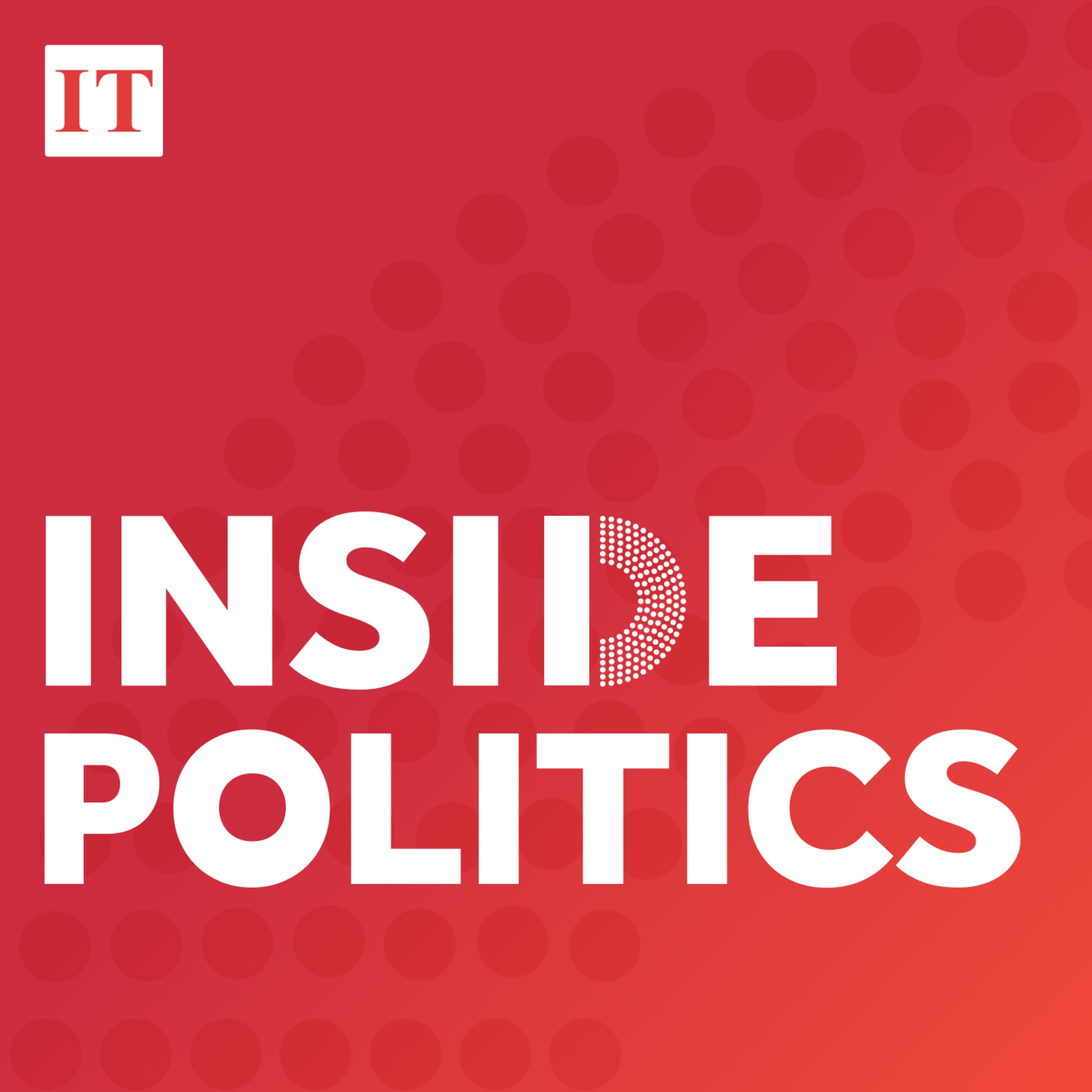What is Northern Ireland Protocol?
It is the part of the Brexit divorce deal between the EU and UK covering trading rules in Northern Ireland that prevent custom checks and a hard border on the island of Ireland.
How does it work?
To avoid a politically divisive trade border emerging between Northern Ireland and the Republic, customs and regulatory documentary checks and inspections have, since 2021, been carried out between Britain and Northern Ireland at ports in Northern Ireland as EU rules on product standards and food health and sanitation are observed in the North.
READ MORE
Who is opposed to the protocol?
Unionists don’t like it because they believe that by putting an effective trade border on the Irish Sea undermines Northern Ireland’s position in the United Kingdom. The Democratic Unionist Party, the largest unionist party, has refused to form a new powersharing government in Northern Ireland unless there are significant changes to the protocol.
Where does the situation stand now?
Negotiations between EU and UK officials to find a resolution to the dispute have been going on behind closed doors for some time and have intensified in recent weeks. Expectations have grown that a deal may be imminent. British Prime Minister Rishi Sunak met Northern Ireland’s political leaders at meetings in Belfast on Friday.
After his meeting with the DUP, the party’s leader Sir Jeffrey Donaldson said progress had been made “across a range of areas” but that there were “still some areas where further work is required.” There have also been positive, co-ordinated statements from the EU and UK on the possibility of a deal but work remains to be done.
How might a compromise on the checks be found?
The main area of progress has been on the proposed creation of “green lanes” and “red lanes” for goods moving into Northern Ireland from the rest of UK. The EU has previously described these as “express lanes”. The bulk of goods moving west across the Irish Sea into Northern Ireland are food products destined for supermarkets, smaller shops, hospitals and other public places.
It is proposed that these goods intended only for sale and consumption in Northern Ireland would move through “green lanes” with no customs declarations and inspections. Other goods travelling on to the Republic and the rest of the EU would still be subject to checks through “red lanes.”
How has this compromise been reached?
Rishi Sunak being appointed British prime minister in October has helped smooth a path to finding a solution. In December, the extension of a grace period until 2025 to ensure the continued availability of veterinary medicines in Northern Ireland was seen as a goodwill gesture to help negotiations around the wider protocol.
A big breakthrough came last month when the EU and the UK agreed to share real-time information on goods going from Britain to Northern Ireland. On a practical level, this would allow the EU see what was coming into Northern Ireland to target smuggling and allow the operation of trusted trader schemes and the “green lanes.”
On the political side, the UK government earlier this month agreed to delay the requirement to form a powersharing executive at Stormont and a new assembly election for a year taking some of the political heat out of the negotiations on the protocol to allow a compromise to be agreed.
Where have challenges arisen?
Negotiations have proven trickier on seeking solutions for wholesale businesses who supply retailers and the hospitality sector and component goods imported into Northern Ireland that might end up in finished products destined to be sold in the EU single market.

Northern Ireland Protocol: how close are we to a deal?
Pat Leahy and Jennifer Bray join Hugh to talk through some of the biggest political stories of the week including Nicola Sturgeon’s shock resignation and what it might mean for Scottish independence. They also discuss the latest Mick Wallace controversy which surfaced following a viral TikTok video. But first, progress continues on the protocol talks, but how close are we to a deal and what hurdles still remain?
What other changes are being sought?
Under the protocol, Northern Ireland businesses remain tied to EU rules on state aid and VAT. The UK government is seeking changes to the protocol to allow these companies receive financial supports and tax incentives from the British government without breaching EU rules.
A big obstacle to any agreement will be the jurisdiction of the European Court of Justice as the final arbitrator of disputes that arise under the protocol given the application of EU single market rules in Northern Ireland.
The DUP, which opposes the EU court’s oversight role over the protocol, will be closely watching what happens here. One solution could involve new layers of arbitration and the possible creation of an independent body with legal representatives from the EU and the UK to adjudicate on disputes before they go to the ECJ as the final arbiter.
What is the likelihood of all parties agreeing to a deal?
All eyes will be on pro-Brexit European Research Group in the Conservative Party and the DUP in Northern Ireland. The DUP will be looking to see whether any compromise agreement meets the DUP’s “Seven Tests”, which include stipulations such as there should be no border in the Irish Sea, there must be no checks on goods between Britain and Northern Ireland and that the consent of the people of the North must be secured in advance of any new arrangement – a high bar setting out the changes it wants to the protocol.













